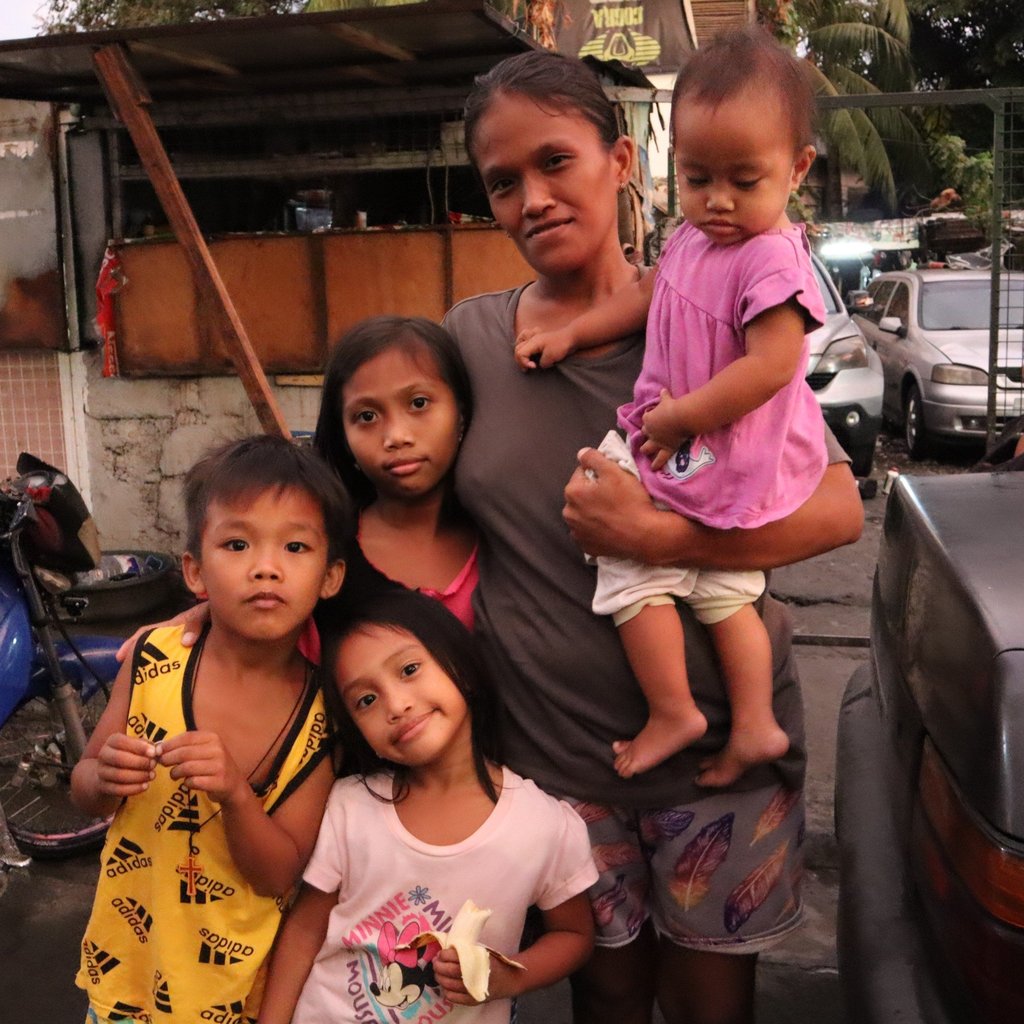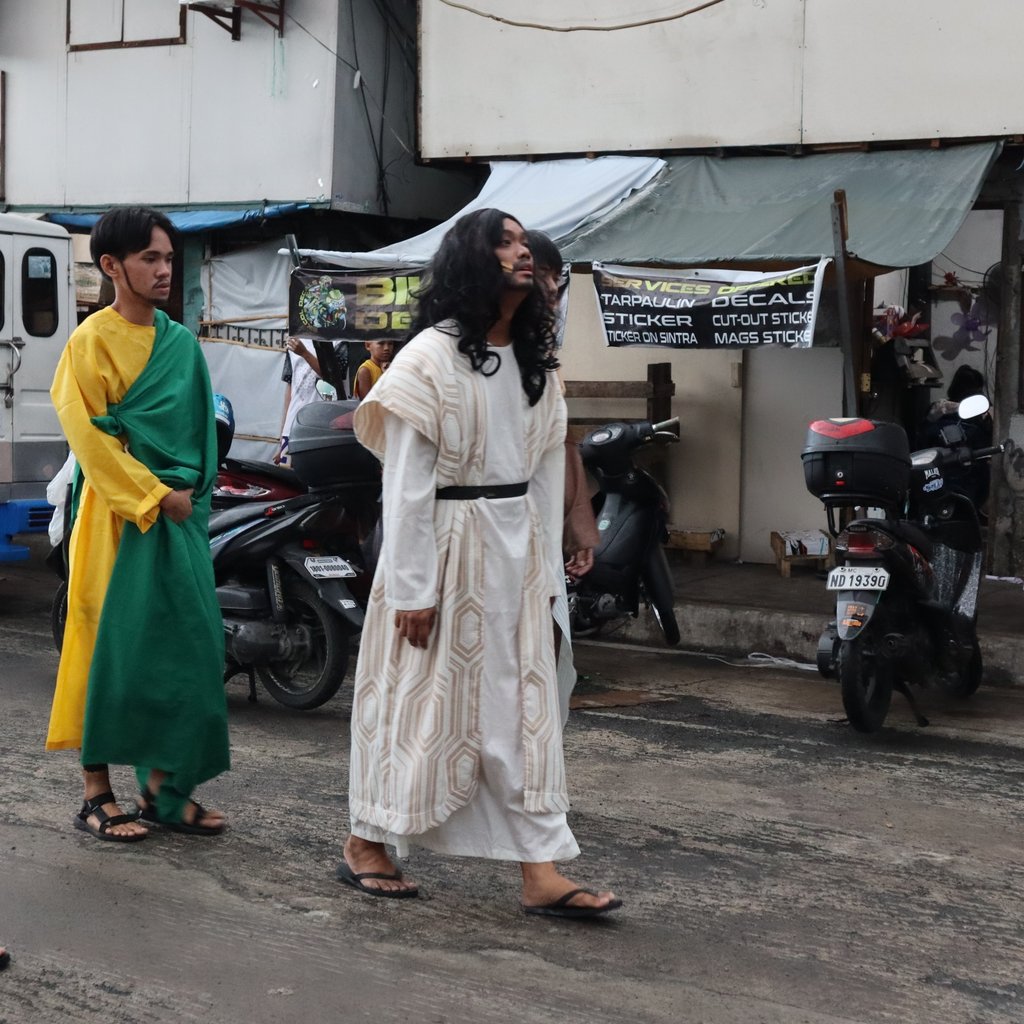What is the Philippines’ ‘Holy Week’? A look at the religious fervour in the Easter lead-up
- In a country with the third-largest Catholic population in the world, the seven days from March 24 hold special significance till Easter Sunday
- Catholicism with ancient folk beliefs take centre stage through street plays across towns, while some in Metro Manila eschew festivities for the beaches

Judas Iscariot was clearly enjoying himself even as he expressed despair while a cackling Satan gloated as Roman soldiers arrested Jesus Christ.
“I became teary-eyed,” 28-year-old Maria Fedy told This Week in Asia after watching the scene play out at her doorstep. The mother of three said seeing the biblical figure Judas up close, exchanging Jesus for money, was just too heart-rending.
Fedy and her neighbours in suburban Quezon City southwest of Manila had just watched a modern version of the centuries-old Senakulo, a local form of the Passion Play that Spanish friars introduced to the colonial Philippines in the late 17th century as a way of making an alien religion come alive in local neighbourhoods.

Holy Week expresses the Catholic faith’s core belief in “the inevitability of death [being] accompanied by the promise of resurrection, which is eternal life”, according to Randolf David, professor emeritus of sociology at the University of the Philippines.
Despite rapid urbanisation, the Senakulo – which starts with Christ’s last supper and ends with his crucifixion – continues in the streets of cities, towns and villages where there are churches. It is usually performed by church youth members on Holy Wednesday, also called Spy Wednesday, a reference to Judas, who had agreed to spy on Christ for a fee.

Like the Senakulo held four centuries ago, the actors whom Fedy watched performed in stylised Roman costumes. But the Christ she witnessed that day wore beach slippers and performed in front of a blue Ford pickup carrying floodlights to illuminate each scene, as well as a portable generator and sound system that could project every groan and cry uttered by Christ and Judas through their wireless microphones.